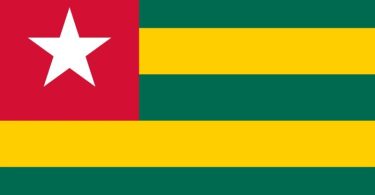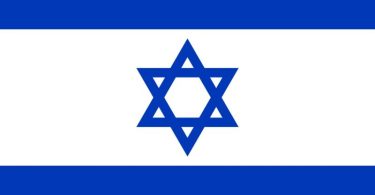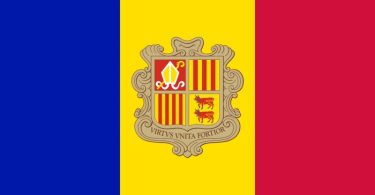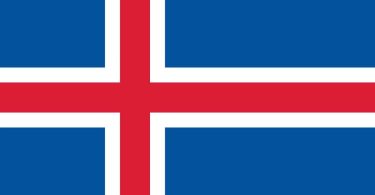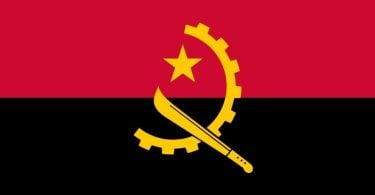Preamble
Proceeding from the Basic Constitutional Charter on the Sovereignty and Independence of the Republic of Slovenia, and from fundamental human rights and freedoms, and the fundamental and permanent right of the Slovene nation to self-determination; and from the historical fact that in a centuries-long struggle for national liberation we Slovenes have established our national identity and asserted our statehood, the Assembly of the Republic of Slovenia hereby adopts
I. General Provisions
Article 1
Slovenia is a democratic republic.
Article 2
Slovenia is a state governed by the rule of law and a social state.
Article 3
Slovenia is a state of all its citizens and is founded on the permanent and inalienable right of the Slovene nation to self-determination.
In Slovenia power is vested in the people. Citizens exercise this power directly and through elections, consistent with the principle of the separation of legislative, executive and judicial powers.
Article 3a
Pursuant to a treaty ratified by the National Assembly by a two-thirds majority vote of all deputies, Slovenia may transfer the exercise of part of its sovereign rights to international organisations which are based on respect for human rights and fundamental freedoms, democracy and the principles of the rule of law and may enter into a defensive alliance with states which are based on respect for these values.
Before ratifying a treaty referred to in the preceding paragraph, the National Assembly may call a referendum. A proposal shall pass at the referendum if a majority of voters who have cast valid votes vote in favour of such. The National Assembly is bound by the result of such referendum. If such referendum has been held, a referendum regarding the law on the ratification of the treaty concerned may not be called.
Legal acts and decisions adopted within international organisations to which Slovenia has transferred the exercise of part of its sovereign rights shall be applied in Slovenia in accordance with the legal regulation of these organisations.
In procedures for the adoption of legal acts and decisions in international organisations to which Slovenia has transferred the exercise of part of its sovereign rights, the Government shall promptly inform the National Assembly of proposals for such acts and decisions as well as of its own activities. The National Assembly may adopt positions thereon, which the Government shall take into consideration in its activities. The relationship between the National Assembly and the Government arising from this paragraph shall be regulated in detail by a law adopted by a two-thirds majority vote of deputies present.
Article 4
Slovenia is a territorially unified and indivisible state.
Article 5
In its own territory, the state shall protect human rights and fundamental freedoms. It shall protect and guarantee the rights of the autochthonous Italian and Hungarian national communities. It shall maintain concern for autochthonous Slovene national minorities in neighbouring countries and for Slovene emigrants and workers abroad and shall foster their contacts with the homeland. It shall provide for the preservation of the natural wealth and cultural heritage and create opportunities for the harmonious development of society and culture in Slovenia.
Slovenes not holding Slovene citizenship may enjoy special rights and privileges in Slovenia. The nature and extent of such rights and privileges shall be regulated by law.
Article 6
The coat-of-arms of Slovenia has the form of a shield. In the middle of the shield, on a blue background, is a representation of Mount Triglav in white, under which there are two undulating blue lines symbolising the sea and rivers and above which there are three golden, six-pointed stars forming a downward-pointing triangle. The shield is bordered in red. The coat-of-arms is designed in accordance with a set standard of geometry and colour.
The flag of Slovenia is the white-blue-red Slovene national flag with the coat-of-arms of Slovenia. The ratio of the width of the flag to the length thereof is one to two. The colours of the flag are in the following order: white, blue and red. Each colour occupies a horizontal band covering one third of the area of the flag. The coat-of-arms is positioned in the upper left portion of the flag such that it lies with one half in the white field and the other in the blue field.
The national anthem of Slovenia is “Zdravljica”.
The use of the coat-of-arms, the flag and the national anthem shall be provided by law.
Article 7
The state and religious communities shall be separate.
Religious communities shall enjoy equal rights; they shall pursue their activities freely.
Article 8
Laws and regulations must comply with generally accepted principles of international law and with treaties that are binding on Slovenia. Ratified and published treaties shall be applied directly.
Article 9
Local self-government in Slovenia is guaranteed.
Article 10
The capital of Slovenia is Ljubljana.
Article 11
The official language in Slovenia is Slovene. In those municipalities where Italian or Hungarian national communities reside, Italian or Hungarian shall also be official languages.
Article 12
Slovene citizenship shall be regulated by law.
Article 13
In accordance with treaties, aliens in Slovenia enjoy all the rights guaranteed by this Constitution and laws, except for those rights that pursuant to this Constitution or law only citizens of Slovenia enjoy.
